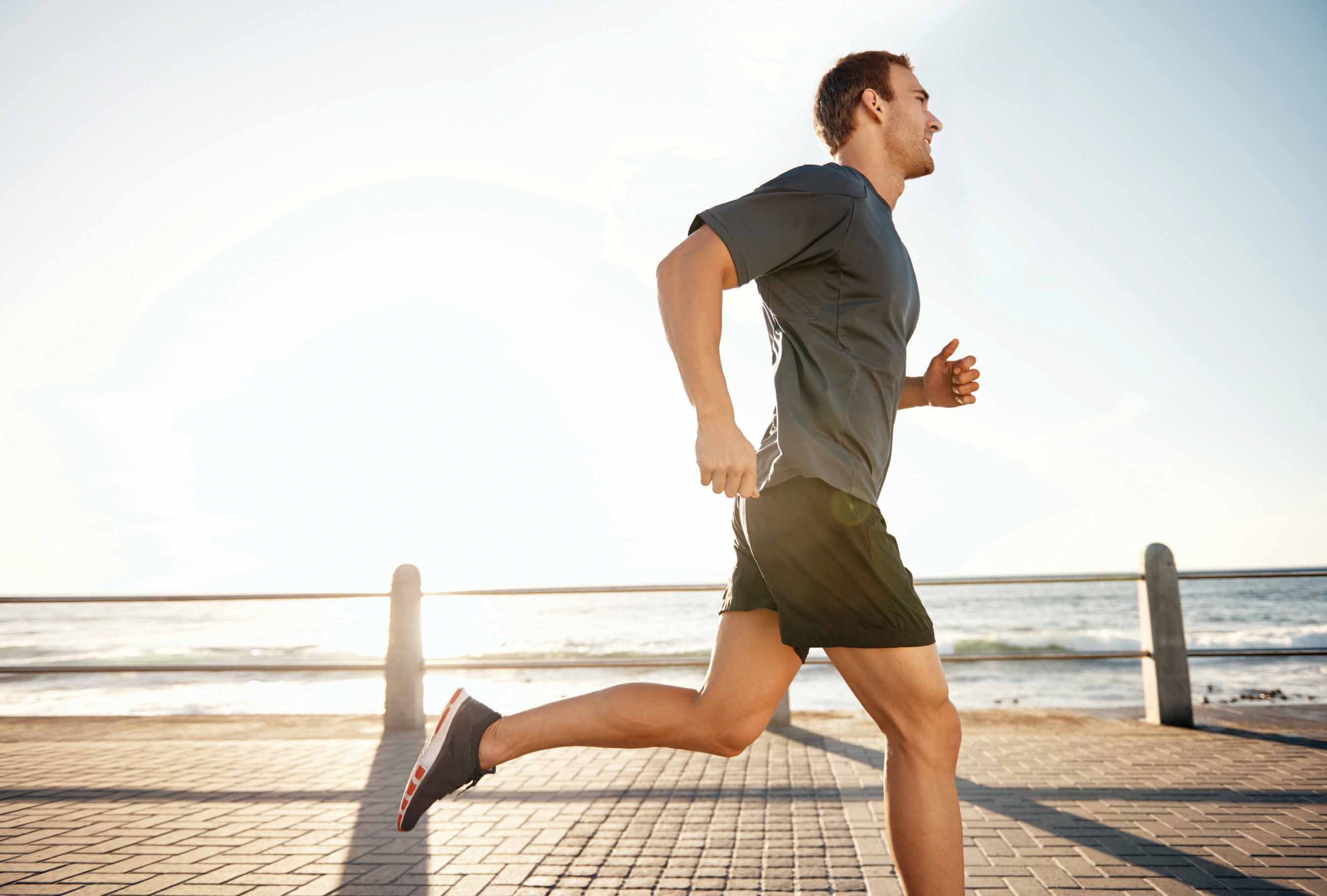How to Prevent and Fix Shin Splints

Photo: iStock
Shin splints have derailed many an athlete’s hard-won training gains. They’re among the most frustrating injuries because they make a basic act—running—impossible. But the term “shin splints” actually denotes more than one lower-leg ailment.
In about 90 percent of cases, shin splints are characterized by pain in the bony part of the shin, along the tibia, during and after exercise and when you press on the area. This is bone-related shin pain, called medial tibial stress syndrome, and can cover a broad spectrum of ailments, ranging from a stress injury—irritation of the bone—to a stress fracture, an actual crack in the bone.
The bone swells and, if irritated for long enough, a stress fracture can occur. It’s generally the result of three variables: body mechanics, amount of activity and bone density. Body mechanics include foot type, foot strike and how your body is built. Activity can cause it if you up your training workload too soon. Bone density can be a bigger factor for women. All three of these variables can be altered or compensated for to help alleviate the problem.
Less common (about 10 percent of cases) is muscular shin pain, in which there’s a tightening pain in the soft, outside, muscular part of the shin. The pain is usually bad enough that running becomes impossible, and then it subsides when you stop running. The symptoms above usually signal exertional compartment syndrome (ECS). ECS can occur in any part of the lower leg, and patients often report that their legs feel so tight that they might explode. Eighty percent of ECS cases happen in the front part of the shin.
RELATED: 7 Steps To An Injury-Free Season
Fix It
Bone-related:
See a doctor for a proper diagnosis. Stress injuries can become stress fractures, which can sideline you for a long time.
Employ dynamic rest. Find another activity that doesn’t load your legs. Swimming and stationary biking are good choices.
Muscular:
Foam roll it. Part of the problem with ECS is tight fascia, the tough material that wraps most of our muscles. Run your shins and calves over a foam roller for several minutes several times a day to help loosen the fascia. Manual massage can help as well.
If these measures don’t help, see a doctor. For bone-related pain, it’s best to get a doctor’s diagnosis because then you’ll know the severity of the injury. You’ll need an MRI to determine if a stress fracture is present because stress fractures don’t show up on X-rays unless they’re very severe or healing. Your doctor may also do a bone-density scan.
Prevent It
Change your shoes. Try switching to a shoe that limits pronation, which can help prevent both muscular and bone-related pain. Arch supports can help as well.
Up your calcium and vitamin D intakes. Try 1,300 milligrams of calcium and 400 micrograms of D per day. Easy food sources are milk and yogurt.
Follow the 10 percent rule. Never up your weekly running mileage by more than 10 percent.
Train your hips and core. Strengthening these areas will make you a stronger runner, which improves foot strike and body mechanics.
Shorten your running stride. Doing this while increasing your foot strike cadence may help you generate better stride mechanics because you’ll be putting a lot less load on your feet, shins, knees and on up the kinetic chain. Count your foot strikes on one side for 1 minute. A good number is 85 to 90 strikes of one foot per minute.
Foam roll and massage. If the problem is muscle-related, foam rolling and bodywork can help loosen the fascia.
New York City sports medicine specialist Jordan D. Metzl, M.D. is a 33-time marathon finisher and 13-time Ironman. His book, The Athlete’s Book of Home Remedies, has more than 1,000 tips to fix all types of injuries and medical conditions.